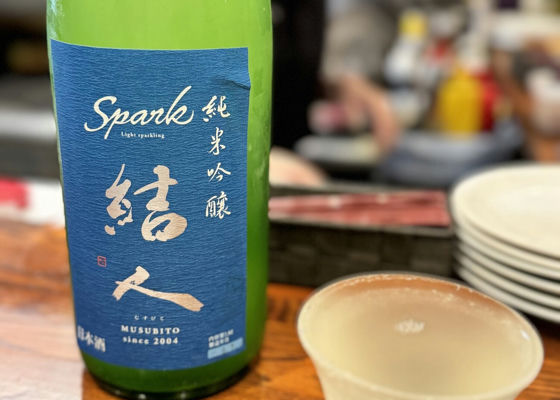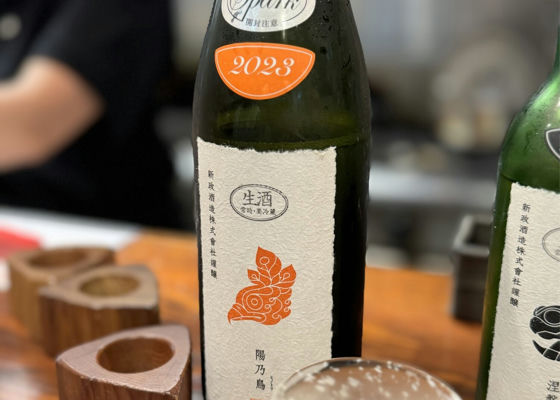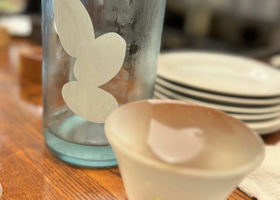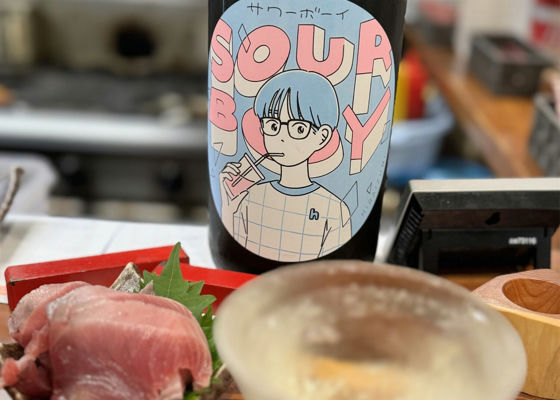
ハヤカワ
This is a fresh bottle with a muskmelon pattern full of fruitiness.
Cool delivery recommended.
CEL Urara" is named after a combination of "Tosa Rei," Kochi Prefecture's preferred rice for sake brewing, and "CEL yeast" with its gorgeous aroma.
It has a cool, refreshing taste with a sweet fruity aroma.
It is recommended to drink it cold.
Japanese>English





















